Researchers at the University of Twente in the Netherlands have developed an experimental lithium-ion battery cell that uses for the first time an entirely new material, nickel niobate, as a new intrinsic high-speed anode material. According to the researchers, the novel electrode design allows charging 10 times faster than current devices.
The new material, nickel niobate, appears to have very attractive properties, and even after many ultra-fast charge cycles it returns to its original level. Nickel Niobate has an attractive 'open and regular' crystal structure with identical and repeating channels for transporting the charge. The research team tested the first complete battery cells with the new nickel niobate material at the anode for various existing cathode materials as well.
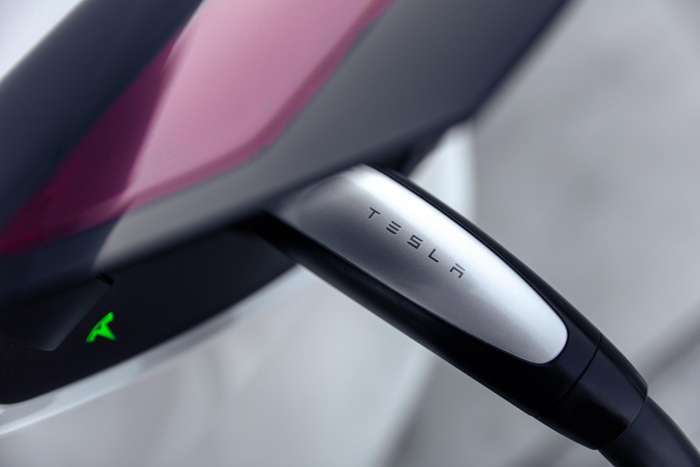
The results showed that batteries with the new anode offered ultra-fast charging speeds 10 times faster than current lithium-ion batteries with the standard anode material, graphite. Nickel niobate is also more compact than graphite, thus having a higher "volumetric" energy density. The team also reports that the new material has a high capacity of about 244 mAh g-1. Its capacity remains at 81% after 20,000 cycles.
As for Tesla Batteries, although there is still some time to see the 4680 cells on the market, Tesla intends to install them in its models produced in the Berlin Giga Factory, with interesting improvements. The 4680 cells (46 x 80 mm) promise 6 times more power and 5 times more capacity than the 2170 cells (21 x 70 mm), which along with the 18650 are the most common today. The use of these larger cells will make it possible to increase the energy density of the batteries, maintaining manufacturing costs reasonable as compared to today’s costs, which will mean a reduction in the price of batteries in general and therefore the price of electric cars (hopefully).
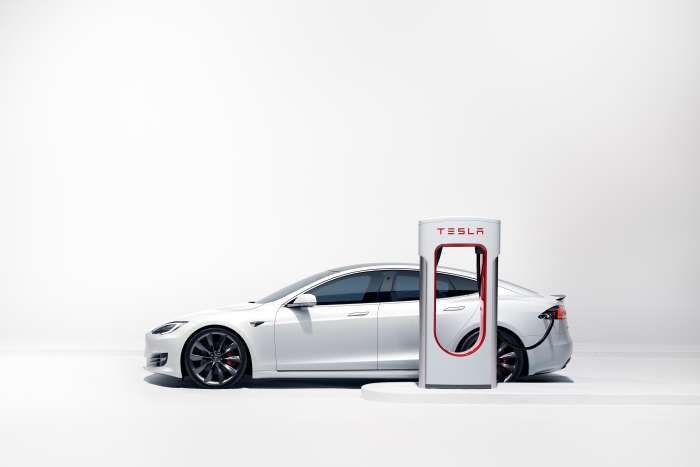
Going back to the nickel niobite batteries, and according to the University of Twente press report yesterday, "… the new material nickel niobate (NiNb2O6) appears to have very attractive properties and even after many cycles of ultrafast charging, it returns to its original level. This primarily has to do with its attractive ‘open’ and regular crystal structure, resulting in channels for charge transport that are identical."
They conclude that this version would be ideal for introducing it into an energy grid, in electrically powered machines that require fast charge and discharge cycles, or in electrically powered heavy transport (like Tesla Semi). For using it in electrically powered cars like Model 3 and Model Y, some steps still have to be taken. The new anode will also work for alternatives for lithium, research leader Professor Mark Huijben said in the press release.
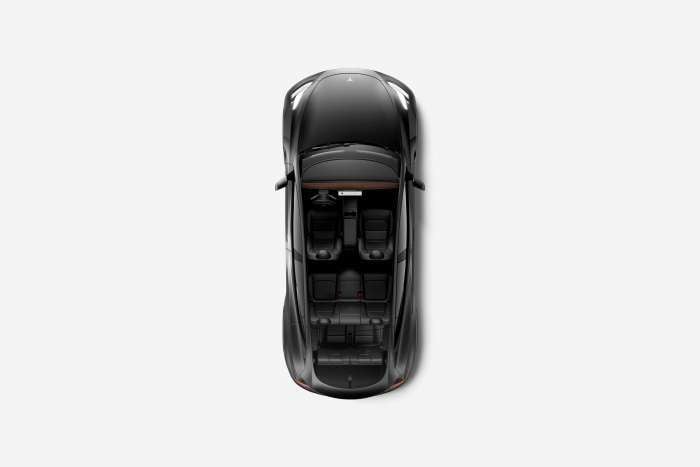
The paper ‘Nickel Niobate Anodes for High Rate Lithium-ion batteries’, by Rui Xia, Kangning Zhao, Liang-Yin Kuo, Lei Zhang, Daniel Cunha, Yang Wang, Sizhao Huang, Jie Zheng, Bernard Boukamp, Payam Kaghazchi, Congli Sun, Johan ten Elshof en Mark Huijben, was published yesterday, November 15th, in Advanced Energy Materials.
All images courtesy of Tesla Inc.
Nico Caballero is the VP of Finance of Cogency Power, specializing in solar energy. He also holds a Diploma in Electric Cars from Delft University of Technology in the Netherlands, and enjoys doing research about Tesla and EV batteries. He can be reached at @NicoTorqueNews on Twitter. Nico covers Tesla and electric vehicle latest happenings at Torque News.



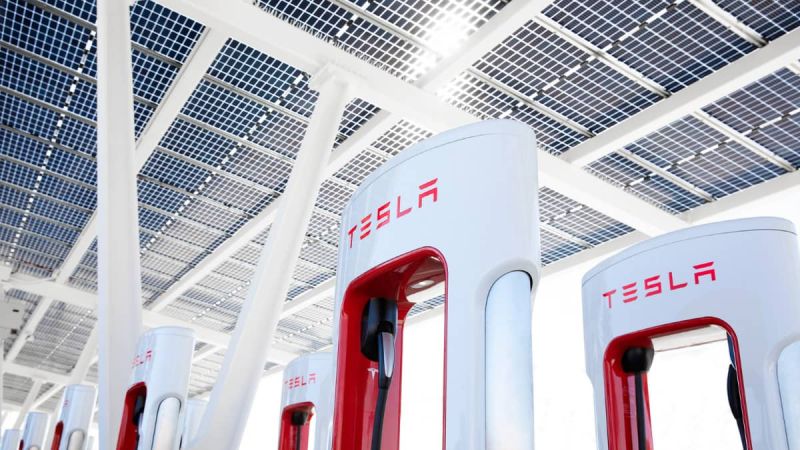




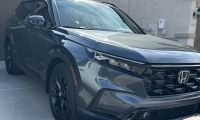
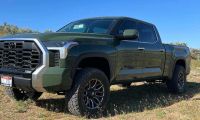
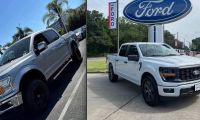
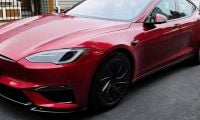
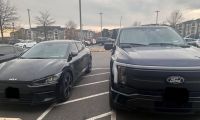
Comments
What part of the earth will
Permalink
What part of the earth will they destroy digging the new material up just like they're doing now.